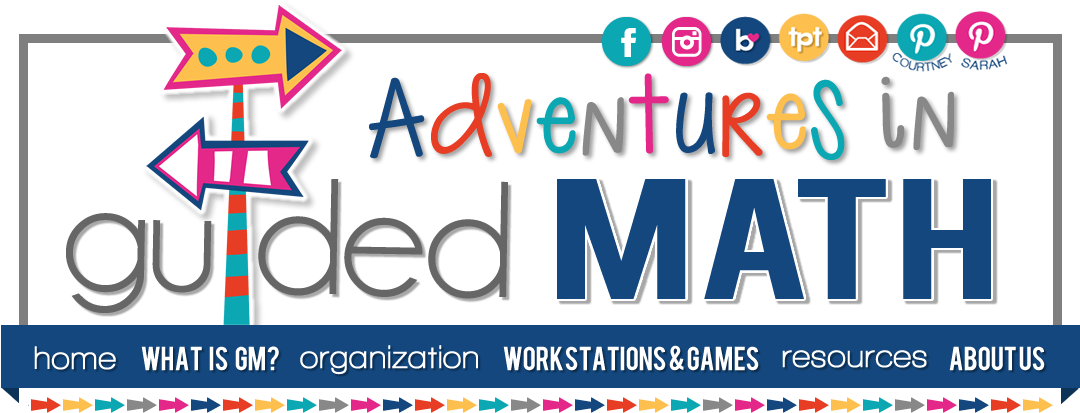What suggestions do you have for the implementation of number talks
as a building? Steps for beginning? Unforeseen obstacles? General
suggestions?
One key element that determines whether or not the
implementation of Number Talks is successful or not is the intentionality and
purposefulness from the school’s administration. If the administration believes
in the value and impact Number Talks can have upon their students and they make
sure there are support systems in place, then I find the implementation of
Number Talks is successful. Placing an
emphasis on Number Talks during grade-level meetings, vertical teaming, etc.,
helps build capacity in this area. Share
successes during faculty meetings, grade-level teams, etc.I cannot emphasize enough the importance of starting small to allow students and teachers an opportunity to establish protocols for respectful conversations and the expectation that mathematics should make sense. Beginning with dot cards for all grade levels, basic facts before moving into higher computation, etc., allows the routines of a Number Talk to be established.
It is also helpful to frame computation problems in a brief context so that the numbers can be anchored to specific situations. For example, instead of posting 13 – 7 as a bare problem, we could frame it in a story such as I want to read 13 pages each night. I have read 7 pages. How many more pages do I need to read? The context supports the reasoning and can also influence specific strategies.
Another critical area that is often overlooked is the importance of educating our parents and providing support for them as they look at mathematics from a different framework. Invite parents to visit your classrooms or host a grade-level open house with a Number Talk demonstration. Send out a podcast of a classroom Number Talk or tweet a link to a video clip with student strategies. I have found that when parents see that their children can arrive at an answer faster than they can, they are sold!
Finally, the biggest misunderstanding I see with Number Talks is that educators believe they must directly teach the strategies in the Number Talk book. While my book lists numerous strategies for each operation, the strategies are there to provide a support for teachers so they can anticipate possible ideas that will arise during the Number Talk. A Number Talk is designed to use purposeful problems that allow students to use numerical relationship to “invent” their own strategies. In fact, the strategies in my book were ones I learned from my students and not ones I taught them!
Do you ever use number talks with missing addends?
While you certainly could do this, I think a much
better way to approach this is through subtraction. If students understand that subtraction is
about finding the distance between 2 quantities, then you typically see them
add up to subtract. For example, if my
Number Talk problem was 50 – 26 and a student added up to find the difference,
I could record this as 26 + ____ = 50.
This is a perfect way to address our standard that focuses on students
using the relationship between operations.
I teach fifth grade, and I have not used number talks. None of
my colleagues before me have used number talks. Where do I begin?
The
higher up we go in grade levels, the stronger the likelihood of students
saying, “no thank you,” to mathematics.
Many students enter the upper grades without confidence or reasoning;
often their only access is memorized procedures that they do not
understand. For this reason, I suggest
beginning with dot images that are found in the K-2 section of my book. While your purposes for using these are not
the same as a K-2 teacher, there are many benefits for using these as a
starting point in the upper grades.- It is difficult to be threatened by a collection of dots! Students begin to relax and realize that mathematics is about making sense and reasoning. Confidence begins to grow when students are successful.
- Students begin to see there are multiple ways to arrive at the same answer. This is such an important disposition to build with students, especially with those that have had difficulty memorizing one way.
- Starting with something as simple as a dot card allows the teacher to begin building norms for productive discourse.
What
projects/publications, if any, do you have in the works?
I
am currently working on a new Number Talk book that focuses on fractions,
decimals, and percents. The manuscript
is already complete, and we will begin videotaping in classrooms late March and
into April. During the field testing of the fraction Number Talk strings, it
has been rewarding to see how students are developing strong fractional
reasoning. The book and DVD should be
released in spring, 2016, during the NCTM/NCSM conference in San Francisco. 


Love the point about older kids being more likely to say "no thank you" to mathematics. When I started number talks in my school, it was much easier in K-2. The older kids took more coaxing but it has been a great transformation to see how their thinking and comfort with math talk has changed.
ReplyDeleteTara
The Math Maniac